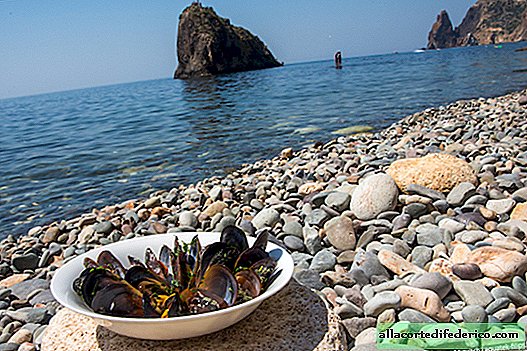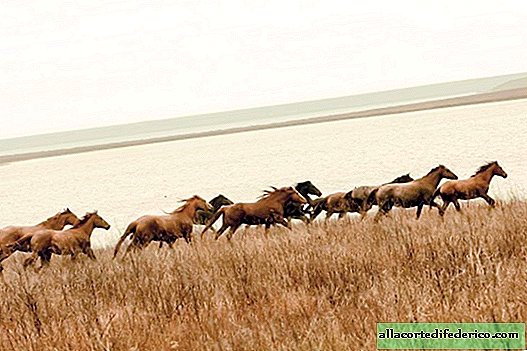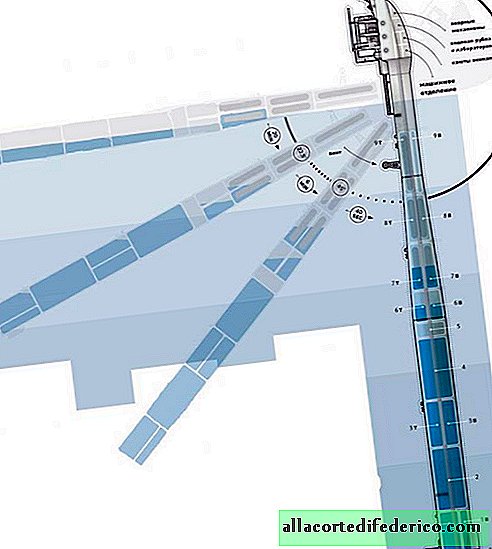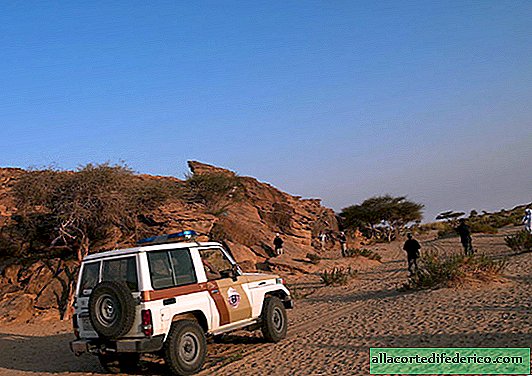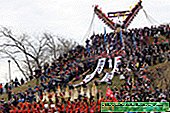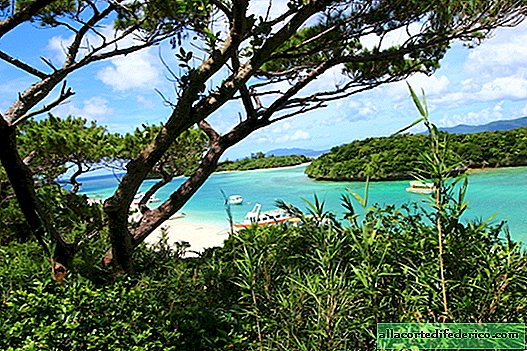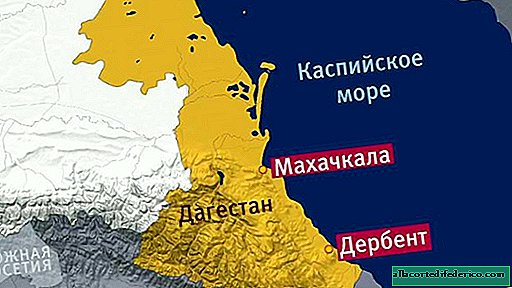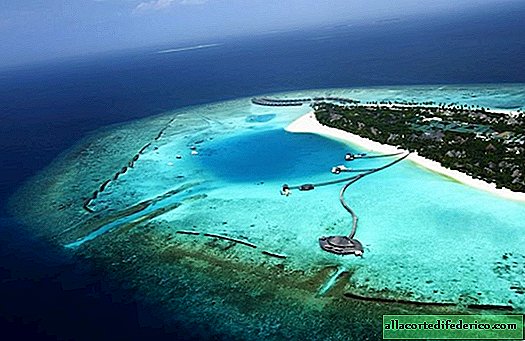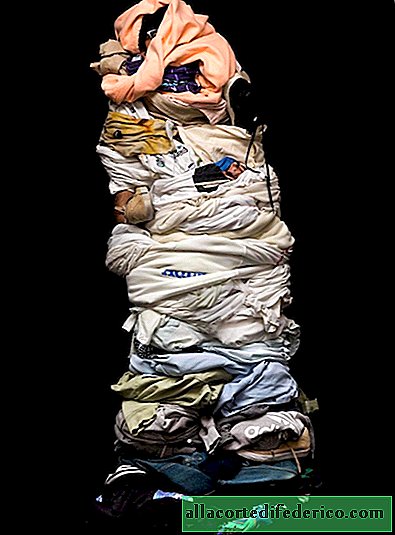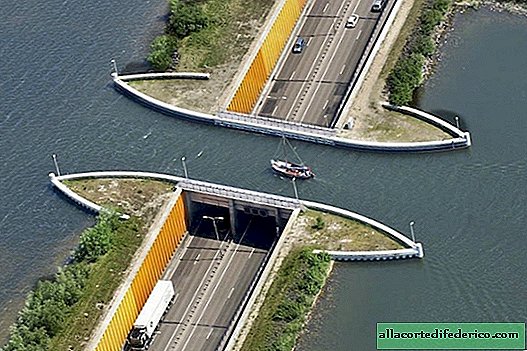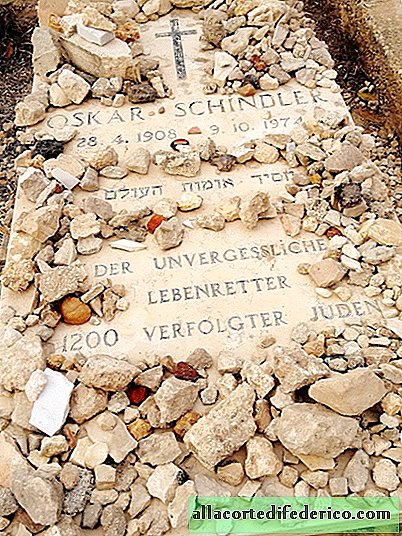Potosi
Potosí is located at an altitude of 4,000 meters, thus being one of the highest mountain cities in the world. The city is the administrative center of the Potosí Department in Bolivia.
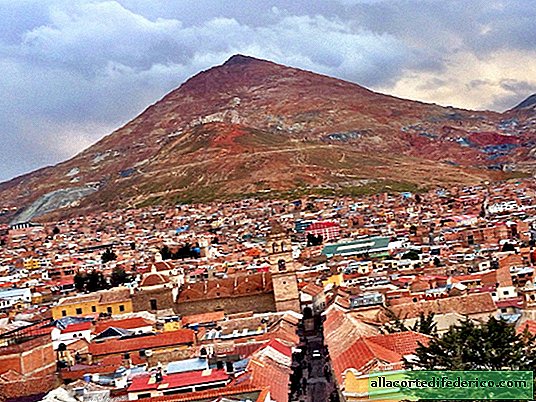
General information
The city was founded in 1546 when silver deposits were discovered in Cerro Rico Mountain. Potosi soon became one of the richest and largest cities in America. Throughout world history, the most productive mines were located in Mount Cerro Rico, where about 60,000 tons of silver was mined. The city was named Potosi after the Mexican city of San Luis de Potosi, in the hope that both cities would flourish equally. It is known that at one time the mules were shod with silver, since iron was not delivered to the city.
During its heyday, magnificent baroque churches (UNESCO World Heritage) and monasteries were built. Over the course of three centuries, silver mining in mines has killed millions of local Indians and African slaves, from about two million to eight. Sometimes the workers remained in the mines for three weeks. In 1800, silver was depleted, after which it began to mine ore, which led to an economic downturn.
The history of Potosi is reflected in narrow streets, colonial estates and numerous churches. The city is listed as a UNESCO World Heritage Site.
You can see what hotels are offered in Potosi at a booking, and compare prices from different booking services here. It happens that locals offer to stay in private apartments - you can look at the options here.
How to get there

Recently, a new bus station has appeared, which is located on the outskirts of the city. The road from the station to the city center in one of the minibuses takes 20 - 30 minutes. From the old bus station there are still buses to Uyuni and a taxi to Sucre.
Night shuttle buses to Potosi leave from La Paz hourly, especially in the evenings. The fare in a regular bus is 47 boliviano, in a more comfortable Kama bus - 146 boliviano. Each bus category has its own maximum and minimum prices, which depend on time and season. The Eldorado brand bus that departs from La Paz is very clean, comfortable, warm, and has a toilet. The fare is 100 boliviano. The roads are paved.
The center of the bus station is 30 minutes walk up the hill. You can catch a bus that costs 1.20 boliviano, or you can catch a taxi for 3.50 boliviano.
Buses from Oruro run several times a day to Potosi. Travel time: approximately 6 hours.
Buses depart from Sucre hourly. Travel time: 3 hours. The fare is 17 boliviano.
In the mornings and evenings, buses run to Tupiza. Travel time: 4 - 5 hours. The fare is 40 boliviano.
Buses go to Uyuni and back (3 hours, 40 boliviano). The road is paved.
Morning and evening buses from Expreso Tarija to Tarija and back. Travel time is 9 - 10 hours. The fare is 60 boliviano.
Be careful when leaving Uyuni: companies like Transporte 11 de Julio canceled buses without warning, and sometimes they don’t even explain the reason for the cancellation.
Minibus taxi is a little faster, it also allows you to get to Sucre (35 boliviano) and Oruro (120 boliviano). Minibus departs when it is full. Minibuses are indispensable during a bus strike.
If you are traveling with someone, it makes sense to hire a taxi, which can be reached faster than a minibus or bus. Departure time is up to you.
By plane
hint: Potosi - time now15: 5113 OctoberDifference in hours: Moscow & plus; 7 Kazan & plus; 7 Samara & plus; 8 Yekaterinburg & plus; 9 Novosibirsk & plus; 11 Vladivostok & plus; fourteenWhen is the season. When is the best time to go?
Potosi - monthly weather
hint: Potosi - weather for the months of January January +12.1 February ± 11.8 March ± 11.9 April ± 10.9 May ± 9.0 June ± 7.3 July ± plus 7.1 August ± 8.3 September ± 9.7 October ± 11.6 November ± 6 12.3 December & plus; 12.1The main attractions. What to watch
Casa de la Moneda (Casa Nacional de Moneda)

Hoyos Street (Cl. Ayacocha). This is a former mint, now it houses one of the best museums in South America. You can enter the museum only if you book an excursion that lasts 2 to 3 hours. Guided tours are available in English and French, if required. The museum contains a collection of religious and contemporary works of art, artifacts from the time when coins were minted in the Casa de La Moneda. Entrance fee for local residents - 20 boliviano, for tourists - 40 boliviano. The museum is closed on Mondays.
Monastery of Santa Teresa (Convento de Santa Teresa)

Located at the end of Hoyos street. During excursions, which are conducted only in Spanish, they talk about the life and work of Carmelite nuns and about the monastery itself. The monastery almost never resorted to flogging. Entrance fee is 21 boliviano.
La Compacia de Jesus (Compañia de Jesus)
Located on Hoyos Street, half a block from the square. The top offers a good view of the surroundings. The guide will tell you the story of this church. Entrance fee - 10 boliviano.
Night panorama of the city

If you return by bus from Uyuni at night, you can see how beautiful the city is in the light of lanterns.
What to see in the surroundings
Hot Springs. A half day trip from Potosi to the hot springs of Tarapaya / Miraflores, Ojo del Inca and Chaqui Baño.

Tarapaya can be reached in half an hour by car from the Chuquima market, which is located next to the old bus station and railway station (4 boliviano). In Balneario Tarapaya there are three small lakes, a hotel and a restaurant, but the large and hot lagoon of Ojo del Inca is much more popular among tourists. The depth of the lagoon is 25 meters. Already at the very edge, the depth reaches one and a half meters. According to the ticket seller, it is very important to be able to swim. Entrance costs 10 boliviano.
If you go towards Sucre, you can get to Chakui Bano in an hour. Buses depart from the Uyuni market hourly, starting at 6.00 (7 boliviano). The buses are pretty old, but the road is good. On the territory of Chakui Bano there are 4 different pools, you can also go to the sauna. If you are afraid for your belongings, go to the "Natural Sauna", where you will have your own locker room with a locker (10 boliviano). A small pool adjoins this locker room.
The premise "Pool No. 1 and sauna" has a large pool and sauna, but there is no door in the locker room (9 boliviano). Pool number 4 costs 4 boliviano. On the hill is a free pool. For 15 sickly you can rent a room. On the territory there are counters and shops selling traditional Bolivian food, as well as swimwear in case you forget yours (here saunas are not like in Germany). In 2012, construction began on a new hotel with an indoor pool and a market.
You can continue your vacation in Sucre (3 - 4 hours drive) on the world's largest salt plain Uyuni (3 hours).

Food. What to try
Recommended Places
The cheapest thing to eat is at Mercado Central.
- Restaurant Sky Room is located at: st. Bolivar, 701, third floor (Calle Bolivar 701, 3rd floor). Phone 622 0138. The restaurant offers beautiful views of Cerro Rico. A 4-course dinner costs 15 boliviano.
- The restaurant Sumaj Orcko, located at ul. Kobia, 34 (Cl. Cobija 34), serves large portions at a high price. The quality of the food is low, they are trying to take more money from visitors than the ordered dishes cost (25 - 50 boliviano). Good place to have a bite to eat (15 boliviano)
- In the restaurant Manzana Magica at ul. Oruro 239 (Cl Oruro 239) serves delicious vegetarian dishes. There are not many tourists here. You can try the burger with quinoa, oats, lentils and other ingredients and french fries for 9 boliviano. The whole plate costs 15 - 25 boliviano. Coca tea is served here, although it is not on the menu.
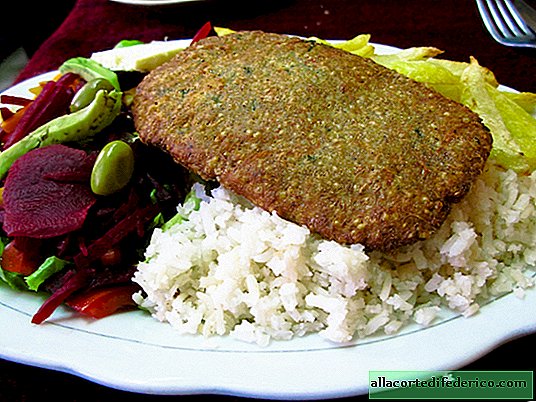
- The Chinese restaurant Chifa Rosa is located on the street. Cobia 38 (Cl. Cobija 38). It serves Chinese dishes and more.
- Breakfast can be enjoyed at Pasteleria Cherrys Restaurant on Ul. Padillo, 8 (Padillo 8).
- El Meson at the intersection of Tarija and Linares Streets (Cnr Tarija & Linares) is a first-class restaurant with great food and reasonable prices. First of all, try a homemade salad for 12 boliviano.
- In the cafe jeremias on the street. Sucre (calle Sucre) is cheap and good food. The walls are decorated with beautiful paintings, the staff are friendly. If you help anything, you will be fed both lunch and dinner.
Security. What to watch out for
Potosi is quite safe, but, like in other cities of Bolivia, at night it is better not to walk alone outside the main square.
Things to do
Visit to the underground mines

The visit to Potosi cannot be considered completed without visiting the underground mines. It is difficult not to experience a shock when visiting the mines, because the working conditions here have not changed at all, they are just as terrible. Many miners die from silicosis in their forties. An excursion to the mines begins with a visit to the miners' market, where you can buy gifts for miners: coca leaves, alcoholic drinks, cigarettes or dynamite. You will also visit the ore smelter, where miners sell everything they manage to collect. Then you will go to the mines. A typical visit lasts 2 to 3 hours. During this time, tourists will be able to climb and leave part of the mine. You can talk, take photos, give gifts to miners.
A visit to one of the mines is a good way to see what price society has to pay for prosperity. The dust that is formed during mining contains toxic dust that causes silicosis in miners (always wear a respirator!). Arsenic and cyanide are said to be contained in the water that flows down the walls. Asbestos fiber can be seen in the stone walls.
Many of the pillars in the mine are broken, and it is not so easy to get out of the cave due to a slight collapse of the ceiling. It is interesting to look at the statue of El Tio, which is located in a small room at the entrance. El Tio is a deity to whom miners make offerings. They say that God rules the earth, and El Tio underground.
Many Potosi travel agencies offer guided tours of the mines, so you can get information and choose your favorite tour. At the Koala tours travel agency, the price of the tour is 100 boliviano. Koala tours is one of the most experienced agencies offering excursions at this price. The agency allows tourists to buy dynamite if they want.

In Greengo tours, an excursion costs 80 boliviano. Former miners will tell many interesting stories about the mine. For the sake of mine safety, they do not allow dynamite to explode. The friendly and reliable guide Antonio from the travel agency Potochji tours, located on Lanza street, two blocks from the main square, organizes you a good trip to the mines for 50 boliviano.
La Casona Potosi Hostel also offers a safe tour of the bowels of Cerro Rico.
People prone to claustrophobia should be extremely careful: excursions in a silver mine take place deep underground. Such excursions are unsafe.
- Travel agency Big Deal Tours is located at: st. Bustillos 1092 (Calle Bustillos 1092). Phone 71-835516. The travel agency is owned by former miners with rich experience and a good heart. Tours can be in both English and Spanish. The agency invites tourists to local events, such as weddings or football. Cost - 100 Boliviano.
- Potochji Tours Travel Agency is located at: st. Lanza 36 (Calle Lanza 36). Guides Vicky and Tono (a former miner) organize an excursion to the mines, take a walk along the city streets at night, telling the most famous legends, or drink coca tea with you, giving Quechua and Aymara lessons. It is recommended to contact this agency.
At the University of Cinema (Cine de Universidad) on Bolivar Street 893 (Bolivar 893) you can watch hollywood movies.
How to get around the city
Taxi. What features exist

Taxis in Potosi are cheap and quite easy to catch. However, always ask the driver for a price. Some drivers charge money for each passenger, which often leads to disputes when the time comes to pay. A bus from the center to the bus station costs 1 boliviano. A taxi from the bus station costs about 3-5 boliviano, depending on the ability to bargain and the time of day.
Vehicle rental
You can find car rental offers on numerous search engine sites, or, for example, here.


